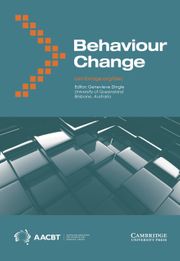Article contents
Fear of Autonomic Arousal and Use of Coping Strategies as Predictors of Agoraphobic Avoidance in Panic Disorder
Published online by Cambridge University Press: 06 October 2014
Extract
Despite the very significant proportion of people with panic disorder who have accompanying agoraphobia, there is considerable controversy about the variables that influence the development of this avoidance behaviour. This study investigated whether degree of avoidance is a function of extent of fear and prevalence of negative cognitions about autonomic arousal symptoms and whether the use of, and confidence in, behavioural strategies to cope with panic sensations also influences agoraphobic avoidance. Thirty-nine people who met DSM-IV criteria for panic disorder completed questionnaires measuring fear and negative cognitions about autonomic arousal and panic sensations, and a questionnaire measuring their use of largely behavioural strategies to cope with panic attacks. Fear of autonomic arousal and negative cognitions in response to the occurrence of these arousal symptoms were jointly related to situational avoidance. There was little relationship between the use of, and confidence in, panic coping strategies and less agoraphobic avoidance, although simply allowing panic symptoms to develop and pass predicted less avoidance. The results were interpreted as providing an empirical basis for treatment that reduces fear of panic sensations and allows their experience to be tolerated while preventing escape and avoidance of situations in which panic occurs. There was little evidence that additional teaching of behavioural coping strategies would be useful in reducing agoraphobic avoidance.
Information
- Type
- Articles
- Information
- Copyright
- Copyright © The Author(s) 1998
References
- 4
- Cited by

